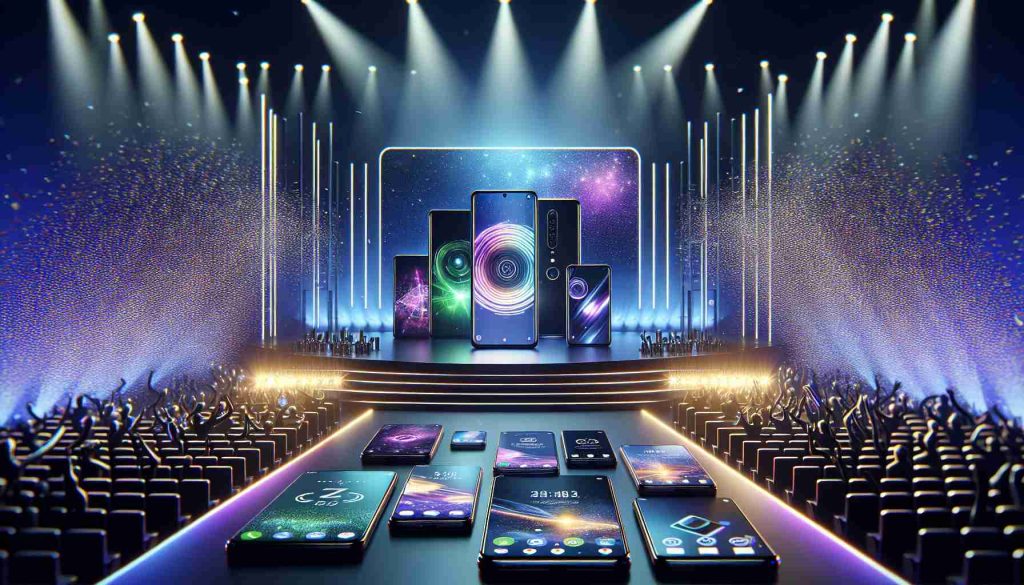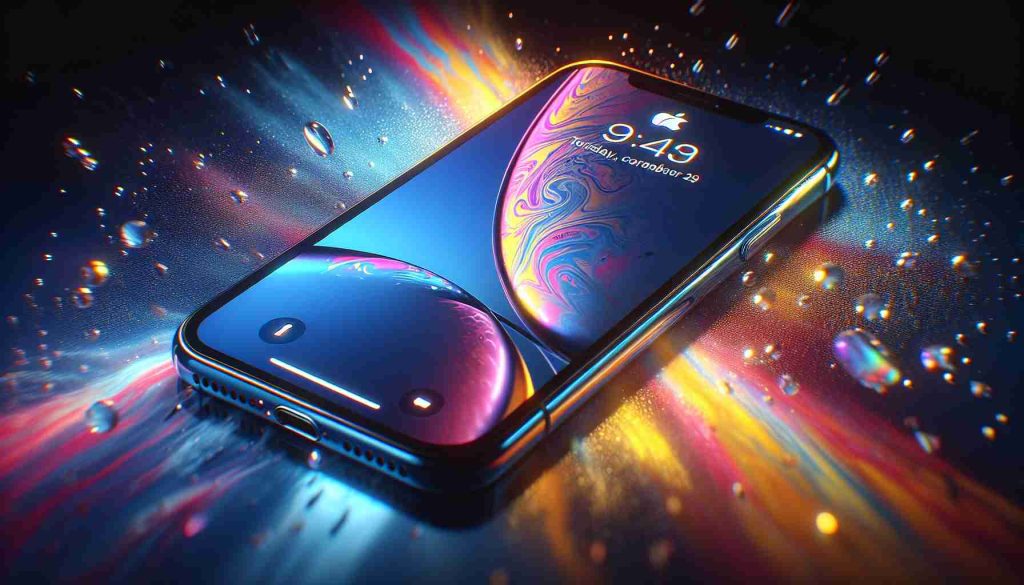A New Era of Smartphone Design
The advent of a new smartphone design concept is revolutionizing the industry. Rather than physical buttons, manufacturers are exploring innovative ways to enhance user experience. The era of “magic glass” phones is dawning, where sleek, buttonless designs are becoming the norm.
From Concept to Reality
Gone are the days of clunky button layouts. Companies like Meizu, Vivo, and Huawei are leading the charge with buttonless smartphones. Meizu Zero, Vivo APEX, and Huawei Mate 30 Pro are pushing boundaries with virtual keys and streamlined designs. These advancements introduce a new era of sophistication and simplicity in smartphone interactions.
Challenges and Innovation
While the concept of buttonless phones is mesmerizing, challenges arise in user interactions and repairability. Huawei Mate 30 Pro’s virtual volume key, while innovative, faces criticism for its unintuitive operation and increased interaction complexity. Additionally, repair costs for buttonless designs can be exorbitant, posing a significant burden on users.
The Role of AI and Hardware Advancements
Artificial intelligence and advanced hardware technologies are reshaping the smartphone landscape. AI-driven features such as gesture controls and context-aware interactions are paving the way for more intuitive and user-friendly experiences. The synergy between AI recognition and hardware innovations offers a glimpse into a future where physical buttons may become obsolete.
Looking Ahead
The evolution of smartphone design towards buttonless interfaces signifies a paradigm shift in user interactions. With AI’s continuous advancement and hardware innovations, the journey towards seamless, intuitive smartphone experiences is accelerating. The upcoming Xiaomi “朱雀” brings a glimpse of the future, where technology seamlessly integrates into our daily lives.
Unveiling The Future of Smartphone Design: Overcoming Challenges and Embracing Innovation
As the smartphone industry propels forward, the evolution of design moves towards a seamless future where user experience is paramount. Cutting-edge developments are not limited to virtual keys; manufacturers are delving into groundbreaking concepts to redefine how we interact with our devices.
Exploring Revolutionary Concepts
One question that arises is how manufacturers are tackling the challenge of incorporating advanced technologies without sacrificing user-friendliness. The integration of flexible OLED displays, like those seen in the Royole FlexPai or the Samsung Galaxy Fold, presents a new avenue for smartphone design, allowing for unprecedented flexibility and form factor customization.
Design Versatility and Functionality
Aside from virtual keys and gesture controls, are there other design aspects that are shaping the future of smartphones? Modular smartphones, such as the Motorola Moto Z series with its snap-on accessories, demonstrate a transformative approach to customization and functionality. This modularity grants users the ability to tailor their devices to suit specific needs, but also raises concerns about compatibility and standardization.
The Sustainability Challenge
Amidst the drive for innovation, how are manufacturers addressing the growing concern for sustainability in smartphone design? The environmental impact of constantly upgrading devices poses a significant challenge. Companies like Fairphone have taken steps towards sustainability by incorporating ethically sourced materials and prioritizing repairability, but mainstream adoption of such practices remains a hurdle.
Advantages and Disadvantages
The pursuit of seamless smartphone design offers numerous advantages, such as enhanced user experiences, sleek aesthetics, and improved functionality. However, it also introduces disadvantages, including potential fragility of intricate designs, higher manufacturing costs, and limited repair options for intricate components.
Embracing the Future
While the evolution of smartphone design towards a buttonless future holds immense promise, it is essential to address the challenges and controversies that accompany such innovations. From sustainability concerns to design compatibility issues, navigating the path towards a seamless smartphone experience requires a delicate balance of creativity, practicality, and user-centric design.




























